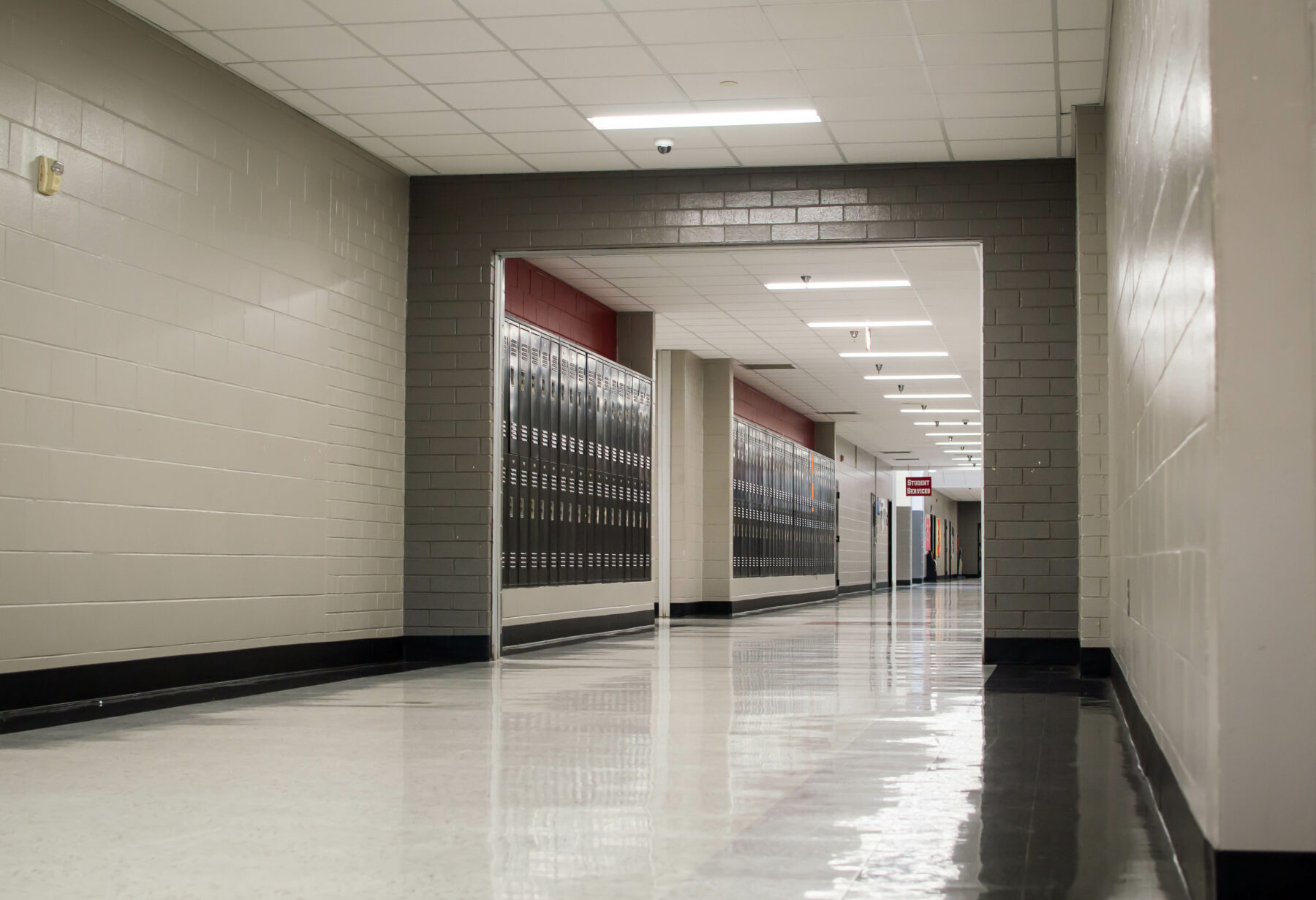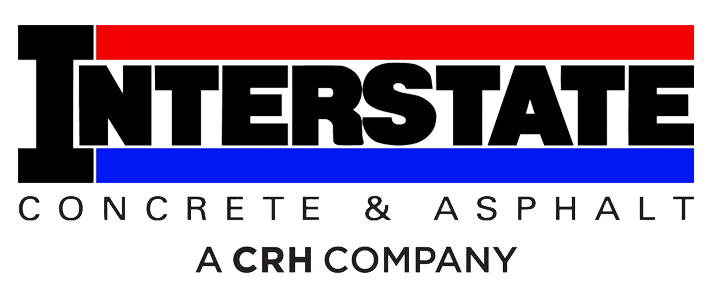Building School Campuses with Advanced Concrete Technologies
June 10, 2025

Modern school campuses are evolving. As educational demands shift, so do the expectations placed on the physical environments that support them. Durable, adaptable, and sustainable materials have become foundational to this shift, with none more impactful than the transformation happening in concrete technologies. Advanced formulations are reshaping how educational institutions are built, not just in structure, but in purpose.
Meeting the Demands of Modern Learning Environments
Classrooms are advancing beyond static spaces. Flexibility is a priority, especially as schools integrate collaborative zones, tech-driven labs, and indoor/outdoor learning areas. These design shifts demand materials that can keep pace with performance and resilience.
Innovative concrete solutions are closing that gap. Self-healing concrete, high-performance fiber-reinforced mixes, and ultra-high-performance concrete (UHPC) are redefining durability standards. These blends are engineered to resist cracking, absorb dynamic loads, and reduce maintenance cycles over time. With school buildings expected to serve multiple generations, long-term structural integrity is essential.
Safety, Always Under Construction
Safety remains a top priority for any educational facility. With concrete technologies that offer enhanced fire resistance, superior impact absorption, and seismic performance, today’s campuses are being built with proactive protection in mind. Many of these modern mixes not only meet rigorous building codes, they often exceed them.
Anti-slip surfaces in corridors and outdoor walkways, acoustic dampening in communal areas, and heat-reflective coatings for playgrounds are all made possible through concrete innovation. The material is actively contributing to a safer, more comfortable school experience.
Sustainability Without Compromise
Sustainable design has quickly become a non-negotiable. Advanced concrete technologies are responding accordingly. Supplementary cementitious materials (SCMs), recycled aggregates, and carbon capture formulations are cutting down embodied carbon in school construction projects without compromising strength or functionality.
By integrating greener materials and reducing energy-intensive processes, these new concrete formulations are helping campuses meet LEED certification standards and broader district-level sustainability goals. Whether it’s reflective roofing for heat island mitigation or pervious pavement for improved stormwater management, the evolution of concrete is aligning with the environmental imperatives shaping public and private education today.
Faster Builds, Smarter Budgets
School construction timelines are often dictated by academic calendars, community funding cycles, and local permitting coordination. Every delay carries consequences. Advanced concrete technologies are compressing construction timelines with fast-curing, ready-mix, and pre-cast systems that support accelerated schedules without compromising performance.
This efficiency matters, especially when navigating limited funding and the need for multi-phase campus expansions. With fewer site disruptions and less need for costly rework or remediation, smart concrete solutions are helping districts get more from their budgets while delivering results that last.
Designed for Longevity, Built for Impact
A school’s design should reflect its mission to educate and empower. From bold architectural statements to subtle artistic cues, the materials used are vital to the achievement of that aim. Advanced concrete enables design creativity with customizable finishes, colors, and textures that don’t sacrifice resilience. This balance of form and function allows educational facilities to express identity while upholding performance.
While first impressions carry weight, it’s really about how the structure functions and feels over time. The integration of cutting-edge concrete ensures that design decisions today won’t become liabilities tomorrow. Campuses are being built not just for today’s students, but for the evolving needs of the next generation.
Rethinking Concrete’s Role in Education
As the backbone of modern infrastructure, concrete’s advances are meant to support safety, speed, sustainability, and aesthetics, all while emerging as a central force in campus development.
Construction professionals, architects, and educational stakeholders all benefit from the shift toward more intelligent material selection. With advanced concrete technologies in the mix, the success of a future-ready school campus relies only on the quality of material application.
For project planners looking to align educational impact with construction innovation, these concrete solutions offer a reliable, forward-thinking path. Stronger campuses start with stronger foundations, and today, that means smarter concrete.

